I am 48 years old, just had a health check and found gallstones, currently have no symptoms. Are gallstones dangerous, when do I need surgery to remove them? Quoc Tuan (Dong Nai)
Reply:
Gallstones are solid crystals that form due to an imbalance between cholesterol and bile salts in bile. The gallbladder is a small, pear-shaped organ located just below the liver, on the right side of the abdomen under the ribs, which stores and secretes bile into the small intestine, aiding in digestion.
Depending on the size and location of the stones, the symptoms of the disease are different. In case of small stones, the patient only needs to adjust the diet and receive medical treatment. However, if the patient takes medication for a long time, the success rate of treatment is low, and gallstones are likely to recur if treatment is stopped.
Gallstones under 0.4-0.6 cm are usually asymptomatic and do not cause any harm to health. However, in some cases, they can still block the cystic duct or fall into the bile duct, causing obstruction of the common bile duct, leading to cholangitis or acute pancreatitis due to gallstones.
Gallstones measuring 0.6-1 cm on average show obvious symptoms. Stones larger than 0.8 cm can cause dangerous complications. Surgery is usually recommended for stones measuring 1.2-1.4 cm, with the volume of the stones accounting for more than 2/3 of the total volume of the gallbladder.
Large gallstones can easily cause cholecystitis, biliary tract infection with some symptoms such as vomiting, bloating, flatulence, high fever...
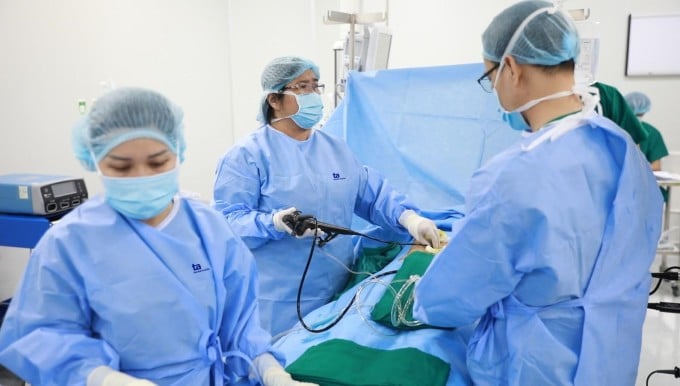
Doctor Huu Duy (right) during a laparoscopic surgery to remove gallstones. Photo: Provided by the hospital
Gallstones that are not detected and treated promptly can lead to serious complications such as acute cholecystitis, acute cholangitis, pancreatitis, gallbladder cancer and bile duct cancer.
You did not specify the size of the gallstones, so the doctor cannot advise specifically whether surgery is needed or not. Usually, gallstones are asymptomatic and do not cause pain, so the patient does not need surgery. In cases where the stones move into the bile duct, treatment indications include cholecystectomy by open surgery or laparoscopic surgery, endoscopic retrograde cholangiopancreatography to remove the stones, and lithotripsy through the Kehr tunnel.
You need to have regular health check-ups to monitor or intervene promptly to prevent dangerous complications. In addition, you should have a healthy lifestyle, balanced nutrition, increase green vegetables, fresh fruits, drink enough water, exercise 150 minutes per week to help increase digestive system activity, reduce the risk of gallstones forming and progressing.
MSc. Dr. Tran Huu Duy
Center for Endoscopy and Endoscopic Surgery of the Digestive System
Tam Anh General Hospital, Ho Chi Minh City
| Readers ask questions about digestive diseases here for doctors to answer |
Source link




![[Photo] Prime Minister Pham Minh Chinh chairs meeting to discuss tax solutions for Vietnam's import and export goods](https://vstatic.vietnam.vn/vietnam/resource/IMAGE/2025/4/10/19b9ed81ca2940b79fb8a0b9ccef539a)

![[Photo] Phuc Tho mulberry season – Sweet fruit from green agriculture](https://vstatic.vietnam.vn/vietnam/resource/IMAGE/2025/4/10/1710a51d63c84a5a92de1b9b4caaf3e5)
![[Photo] Unique folk games at Chuong Village Festival](https://vstatic.vietnam.vn/vietnam/resource/IMAGE/2025/4/10/cff805a06fdd443b9474c017f98075a4)
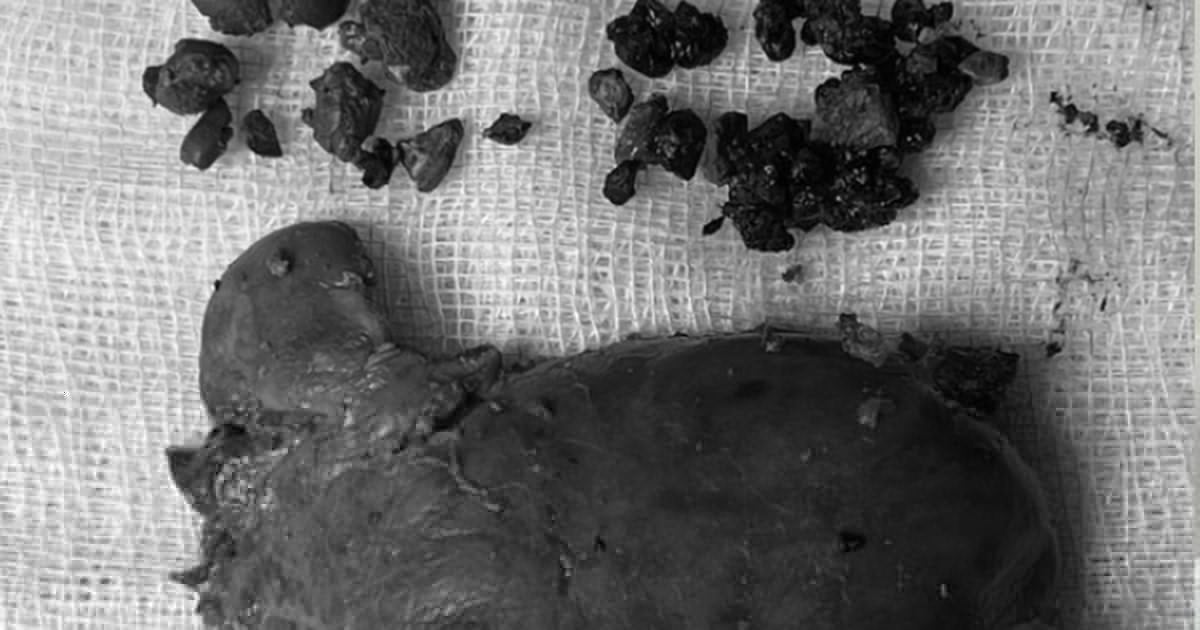



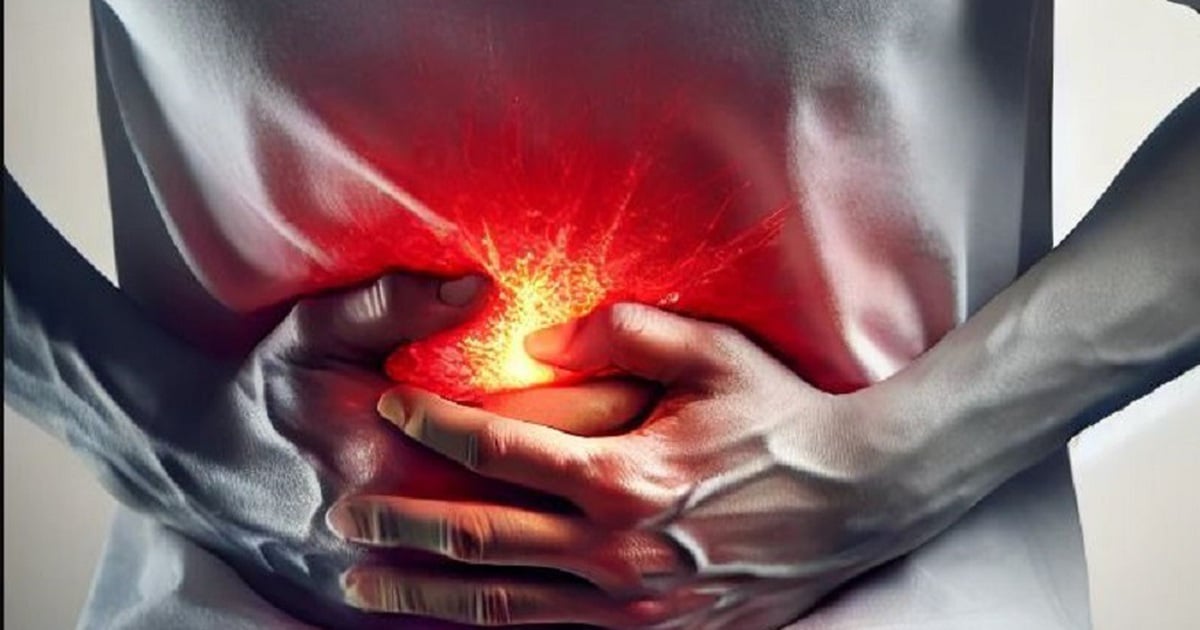


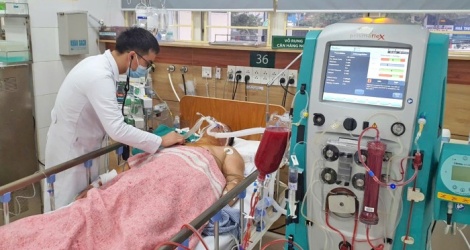























































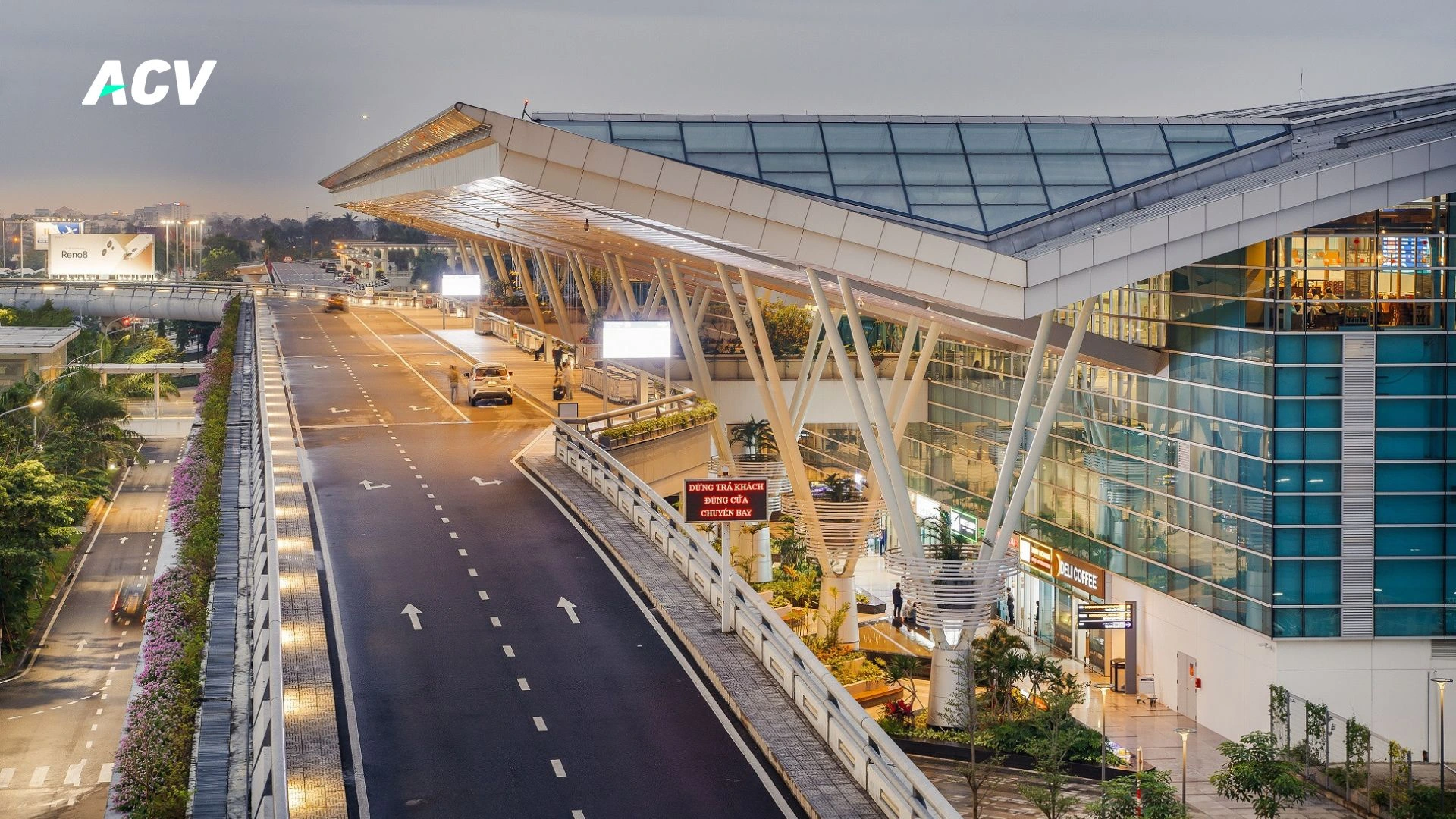

























Comment (0)